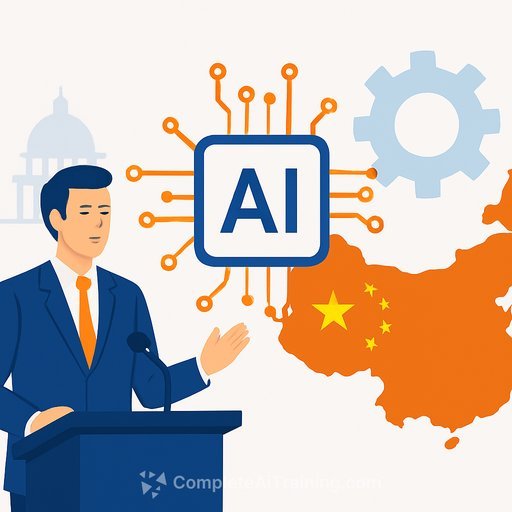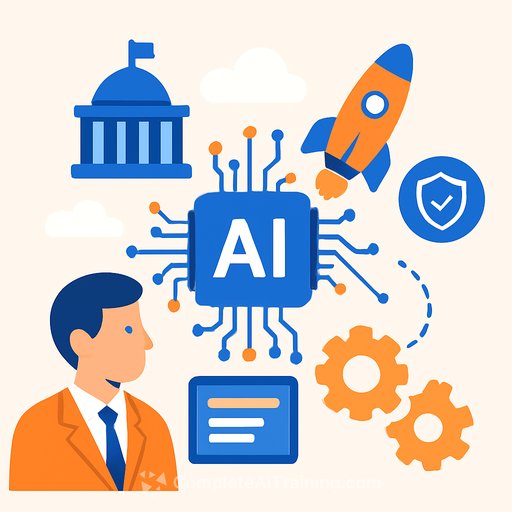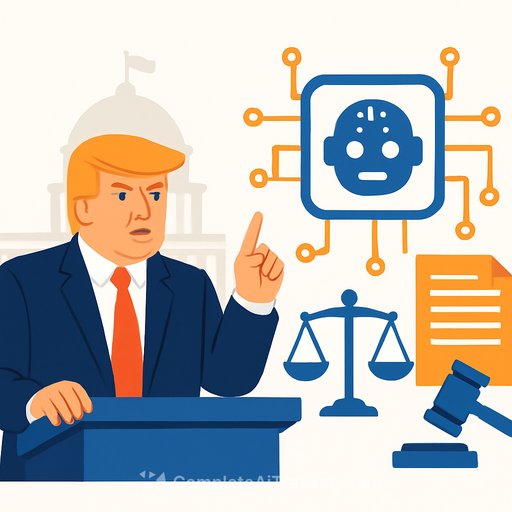U.S. Government Agencies Face Challenges in Modernizing Computer Systems
Government agencies in the U.S., particularly those focused on defense and national security, are working to modernize their computer systems. The goals are clear: build systems that are more resilient, enable greater use of AI, and improve efficiency. These qualities support one another and are essential for future readiness. This topic was central at a recent conference in Washington, D.C., titled "The Future of Government Data, AI Automation, & Mission-Ready Modernization."
The event was hosted by the Institute for Critical Infrastructure Technology (ICIT) and included leaders from both public and private defense sectors. It was co-sponsored by Rocket Software and MFGS, Inc. (formerly Micro Focus Government Solutions).
Old Processes Meet New Technology
One of the main hurdles is the difference in how government agencies operate compared to the private sector. Michael "Mick" McCabe, Chief Data and AI Officer in the Department of Defense, explained that agencies are mission-driven rather than profit-driven. This means that many existing processes don’t align with fast adoption of new technology.
McCabe noted, "The technology really isn't the problem. The problem is we do things a certain way." Currently, agencies are digitizing analog processes as a first step. This digitization, while necessary, is a stepping stone toward creating faster, more agile workflows that deliver greater value.
Another major challenge is maintaining operational capacity in difficult conditions. In what McCabe calls a "denied environment," communication and computing resources may be limited or unavailable. For example, during the War on Terror, operations relied heavily on cloud services like AWS East. But future conflicts, especially against peer competitors, will require forward-deployed networks that function independently of cloud connectivity.
AI Models for Challenging Environments
A Space Force cybersecurity planner asked about the feasibility of running AI models on limited computing resources, such as those aboard orbiting platforms. Doug Johnson, VP of Product Management at Rocket Software, said smaller AI models that require less computing power are in development. These models can operate on CPUs instead of GPUs, making them suitable for intermittently connected, on-premises systems.
Johnson added that using smaller language models and sending less data to them can actually improve insight quality while reducing latency and cost.
Explainable AI: A Government Requirement
Unlike many private sector applications where "black box" AI is accepted, government agencies require AI that can explain its decision-making process. This "explainable AI" is crucial for trust and validation in intelligence operations.
McCabe emphasized the need for AI systems that can clearly document how they reached conclusions. This transparency is critical to integrating AI into intelligence workflows and ensuring outputs can be trusted.
Validation and monitoring are ongoing challenges. The Department of Defense is focusing on validating subprocesses and creating documented model cards to track AI model drift over time. Once these steps are reliable and explainable to decision-makers, AI adoption can accelerate.
McCabe highlighted the impact this could have on battlefield cyber resilience. By combining skilled personnel, resilient networks, and AI-driven data orchestration, commanders can manage bandwidth and prioritize critical data even in degraded environments.
AI for Planning and Forecasting
Kevin Hansen, CTO at MFGS, pointed out that AI is not just for defense but can benefit all government agencies. AI supports performance metrics, predictive analysis, and feature capability forecasting.
He explained that operational data holds valuable intelligence if agencies can interpret it effectively. AI enables real-time monitoring and prediction of how changes will impact production and workforce use.
Building Cyber Resilience Step by Step
The conference concluded with small group discussions. John Crossno, Director of Product Management at Rocket Software, led a session on cyber resilience in government.
Crossno advised agencies to start by thoroughly understanding their network architecture and identifying critical systems. "You can't do it all," he said. "Start small and work your way through."
Visibility remains a major gap in securing complex systems, especially hybrid and AI-powered environments. Data orchestration across hybrid clouds is another challenge to address.
Crossno warned that vulnerabilities in government systems could have severe consequences beyond data theft. Attackers might manipulate data, causing false or misleading information to flow through critical government systems.
Managing Data at Scale
Handling the massive volumes of data ingested and stored by government agencies remains a significant challenge. McCabe summarized it plainly: "We need help managing data at scale."
The complexity of existing architectures adds to this challenge, making modernization efforts more difficult but also more necessary.
For government professionals looking to expand their skills in AI and automation, exploring targeted training can make a difference. Resources such as Complete AI Training’s latest AI courses offer practical knowledge tailored to government and defense sectors.
Your membership also unlocks:






